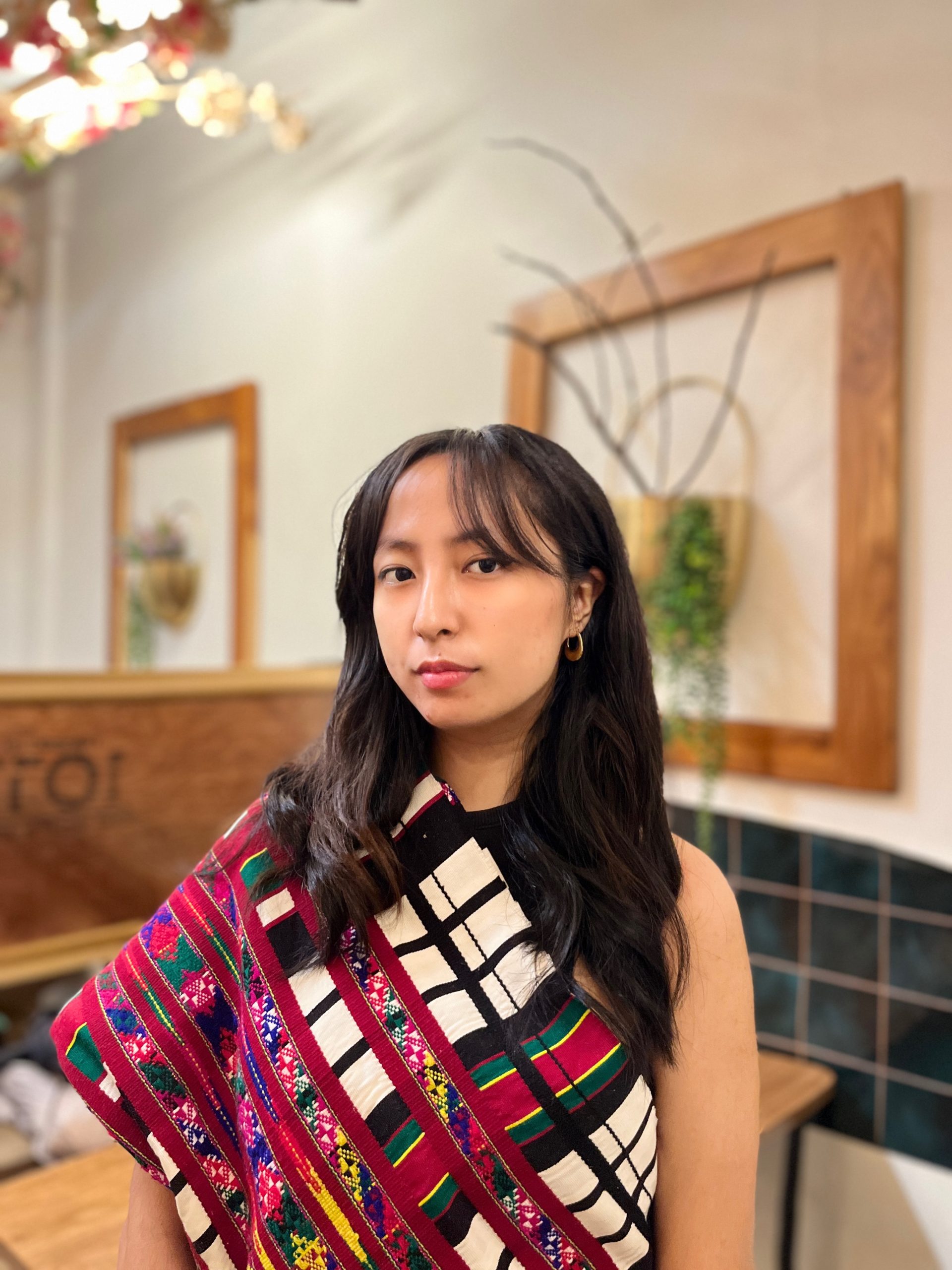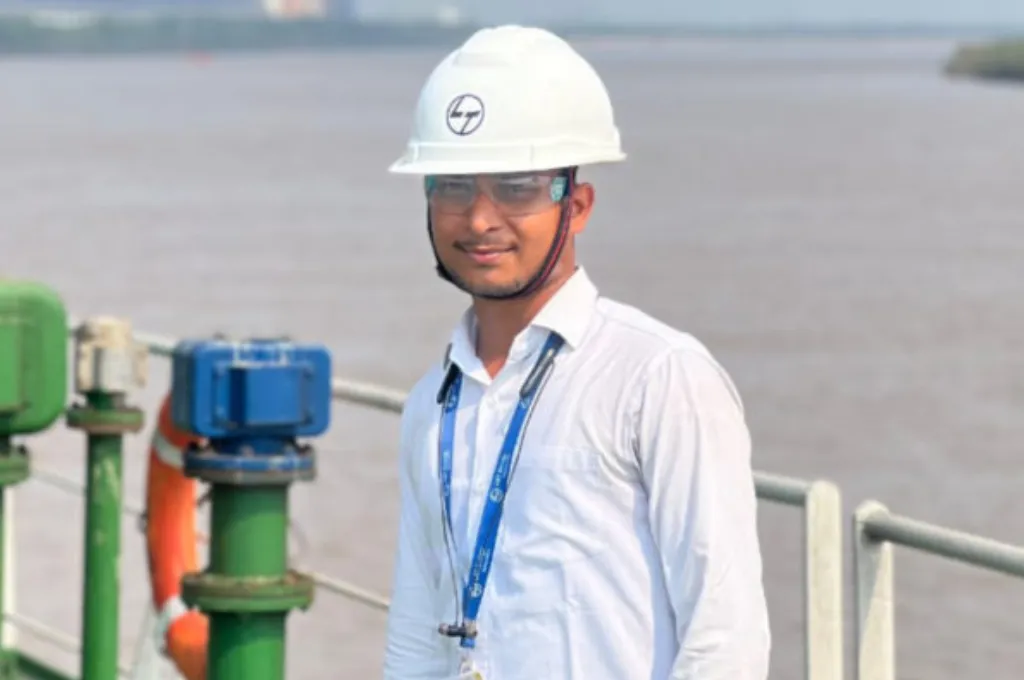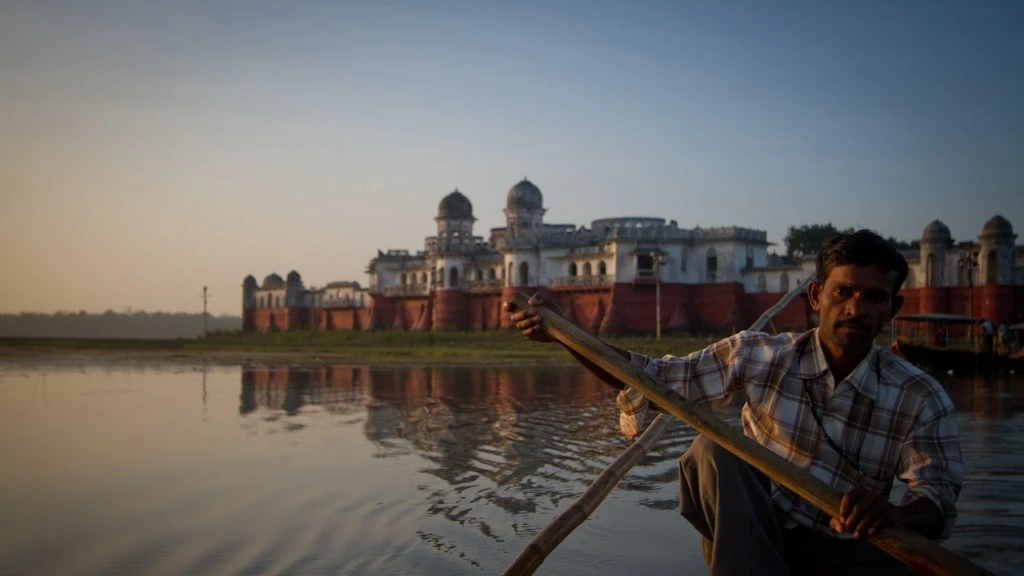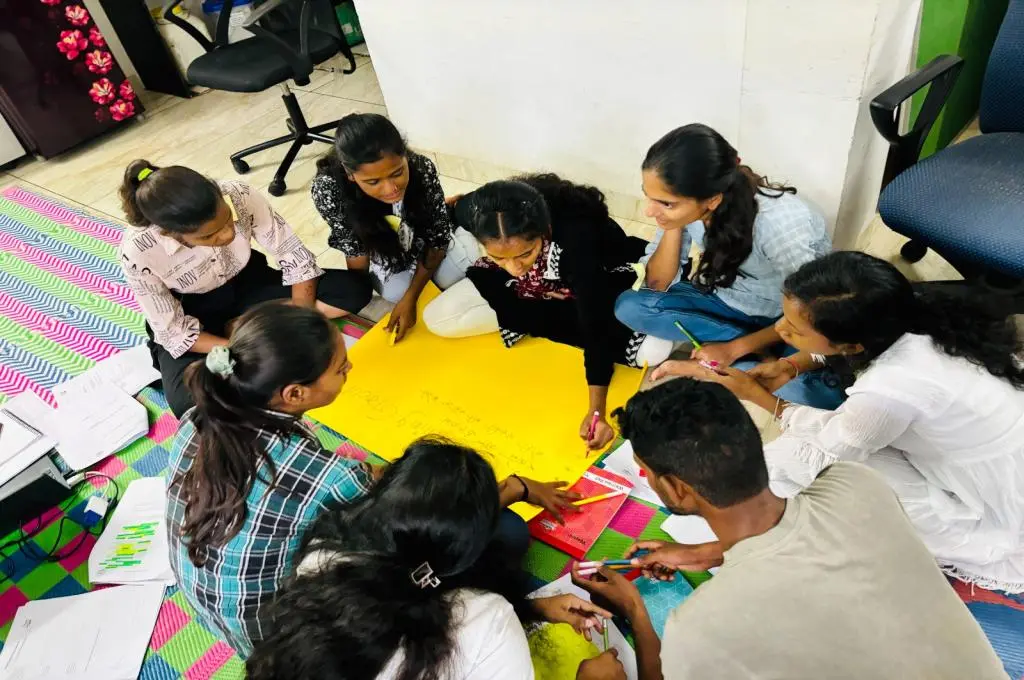In the early 2010s, a group of young people—eager to create a safe space in Mizoram to share their passion for Japanese film, television, and animation—founded the Facebook group ‘Anime Freaks Hard Core’. The group started with a dozen followers, and slowly transformed into a movement of cosplayers who dressed up as their favourite fictional characters. It eventually became a platform of self-expression for young Mizos and a vehicle for social causes.
“It started out as a small group at first; we considered it a milestone when the number of members reached a hundred,” says Malsawmdawngzuali, one of the earliest members. “We had finally found people who understood us.”
Regular informal conversations among the members turned into organised meetups. Building on this shared enthusiasm, the Facebook group members arranged their first event on April 21, 2012. They had a cosplay-themed tea party where the members dressed up as characters from anime. Meeting one another in person gave shape to the larger idea of formalising their community.

As a result, in September 2012, Mizoram’s first cosplay organisation, Project Z.E.R.O., was born. Cosplay was still very new to Mizoram, which made it difficult for the organisation to secure sponsorship. However, money raised through personal connections with local merchants allowed Project Z.E.R.O. to host ‘Fantasy Realm’—the first cosplay convention in the state—in December 2012. They hadn’t expected a great turnout, but managed to sell the tickets within just 15 minutes, attracting audiences from all age groups who gathered to witness their creativity and imagination. Those who participated believe that the success of the first event was largely due to the sense of wonder among the audience, who cheered on the cosplayers, even though cosplay was culturally alien to them.
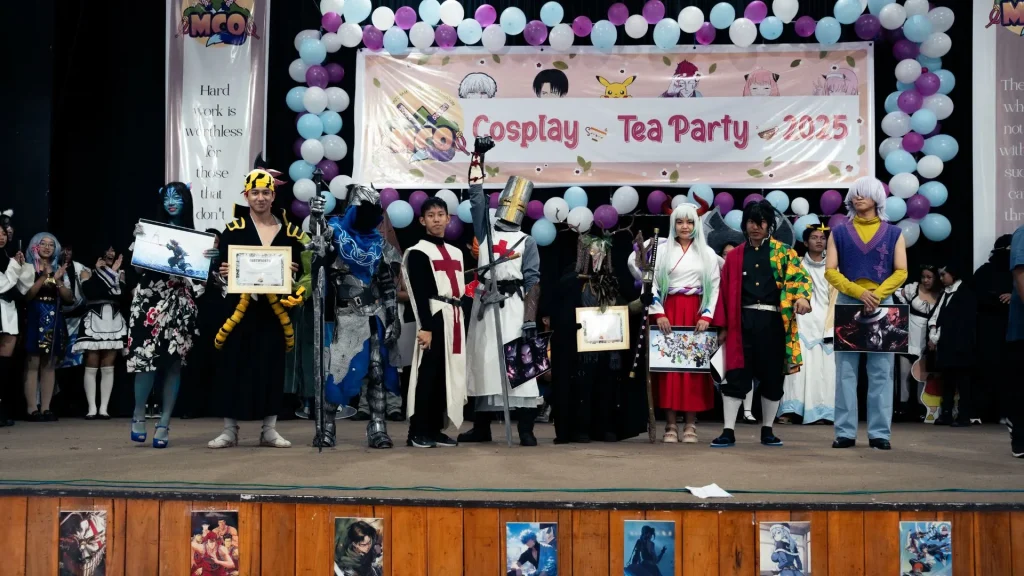
Many factors draw people to cosplay. The cosplayers value the art for its inclusive nature. According to them, cosplay allows people to bring their complete self into the art. People can dress up as characters from video games, television shows, films, and more.
The self, the others, and the video games
“There’s a lot of room for self-expression in cosplay. I consider it one of the best platforms to express myself and my art,” says Lh. Hmingthansangi, a seasoned cosplayer who has won state- and national-level competitions on different occasions.
“Artists don’t always stick to the same art style; musicians and singers do not stick to the same genre. Similarly, I feel cosplayers have the freedom to explore different techniques to create and display their art through their cosplay.”

The time, energy, and effort invested in a costume depends on the complexity of the character chosen. But each cosplay undoubtedly requires dedication coupled with creativity to visualise and conceptualise a character. It also requires skills, as a complete costume may need stitching, styling of wigs, working with foam sheets (typically the soft, bendable, and malleable material commonly used as insoles for shoes). It may even involve coding and 3D printing for more complex methods of crafting. Behind the costumes lies intense labour. Yet, cosplayers speak of it less as a technical challenge and more as a process of articulating themselves.

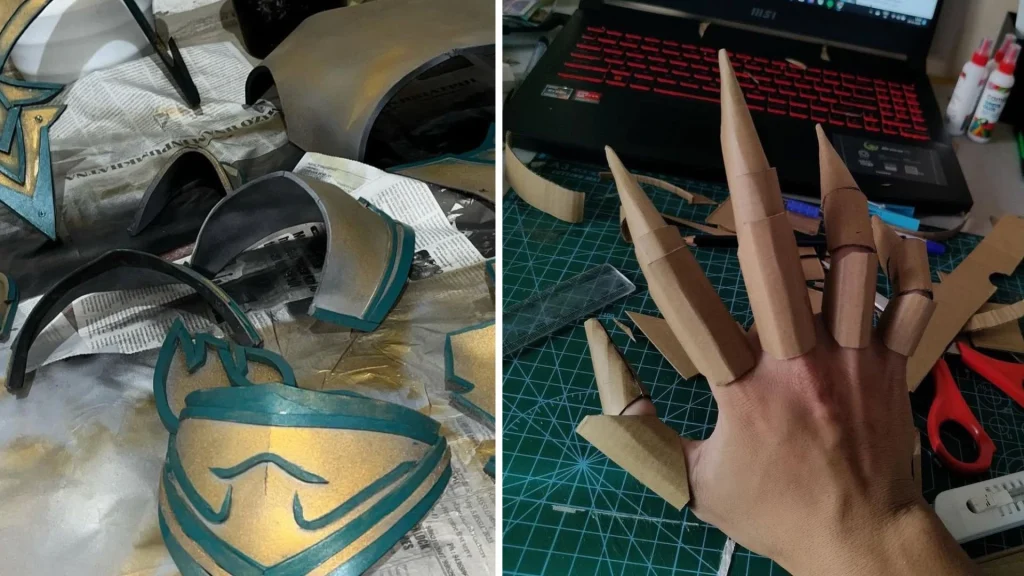
Hmingthansangi points out that cosplay is completely outside her comfort zone, which is why she chooses to bring her authentic self into it. By letting her traits shine through her costumes, she feels she can stay true to both herself and the art. This, she believes, applies to others in the community as well. A cosplayer skilled in needlework may highlight fabric and stitching, while another who enjoys crafting might focus on building detailed foam armour. Ultimately, it is all about how each individual channels their self-expression.
When it comes to performance, Hmingthansangi pays careful attention to both the character and the audience. “I always try to make my stage performances interactive and whimsical. Paying attention to details in my costumes and thinking outside the box make my cosplay my own.”
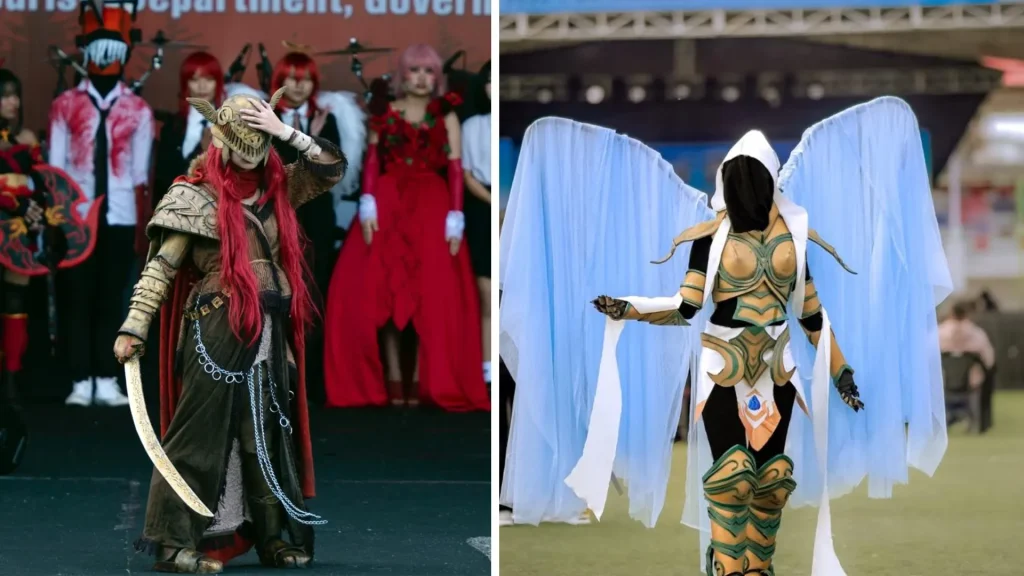
To do this, she borrows from cultural references, the franchise of the character, and elements of pop culture her audience can relate to. For example, when cosplaying as characters popular among the gaming community, such as Malenia, Blade of Miquella, a boss from Elden Ring, or Auriel from Diablo 3, she tries to incorporate certain memes or references from Twitch (a live-streaming platform for video games, among other content) for easy recognition. All the while, she must maintain the pensive or serious demeanour of the in-game character. Similarly, while cosplaying a character such as Princess Peach (from the Super Mario series) that appeals to children, she tries to be friendly and approachable. This makes it easy for children to engage with her, take a picture, or have a conversation. These choices, she reflects, allow her cosplay to feel both personal and distinctive.
The ‘demonic’ cosplay and its social cause
When cosplaying began in the state, it wasn’t unanimously embraced. In the Christian state of Mizoram, some of the fantastical characters that cosplayers donned were seen as controversial because of the supernatural powers attributed to them as part of their lore. These included Hollow Ichigo, from the Bleach manga series, who has white skin and a contrasting black mask with a black-and-white shihakusho (the traditional uniform worn by Soul Reapers from the Bleach manga and anime) and Loki, the Norse god of mischief and a prominent Marvel Comics character whose signature helmet prominently features horns often associated with demonic figures.
Consequently, cosplay, being the real-life representation of such characters, was considered suggestive of violence. “It was seen as godless,” says C F Lalhruaitluanga, former president at Project Z.E.R.O. “People didn’t understand it yet.”
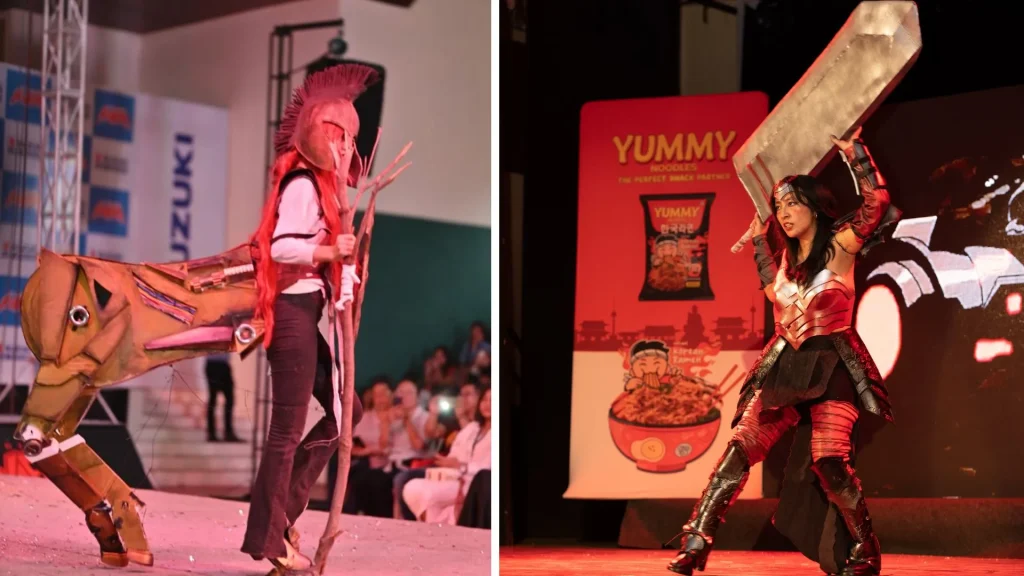
The scepticism shifted when cosplay found a social cause. In late 2012, to counter the rampant drug abuse in Mizoram, Project Z.E.R.O. partnered with the Mizoram Social Defence and Rehabilitation Board to launch the iCare Project under the slogan ‘Arts Against Drugs’.
The campaign urged cosplayers and audiences alike to acknowledge and declare how dire the drug abuse situation was. They posted pictures stamped with the iCare watermark on social media, showing solidarity with the cause. Cosplayers took to the streets to distribute pamphlets in an attempt to educate and inform people about the state of affairs in Mizoram. The vibrant visuals drew attention to the crisis and helped reposition cosplay as a force for awareness and social good.
After this campaign, cosplay began to be acknowledged as an art form that serves a cause in society.
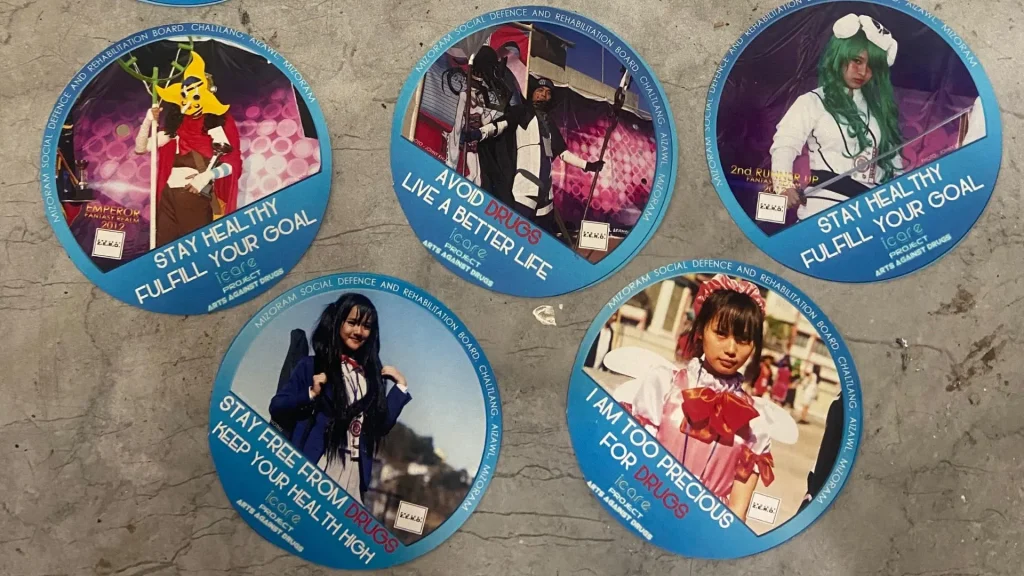
In 2018, Project Z.E.R.O. disbanded as the officials embarked on different journeys. The baton passed to YonKo, a collective of former members and new faces who shared the same passion.
YonKo also garnered attention and retained the loyal audience of Project Z.E.R.O. The organisation started off by hosting the YonKo Tea Party on August 15, 2018, before scaling up to larger conventions. In 2019, the YonKo Cosfest drew more than 70 cosplayers, with a prize pool of INR 82,000. The prize pool was distributed among the winners in various categories, such as the grand champion, people’s choice, best craftsperson, and best performance.
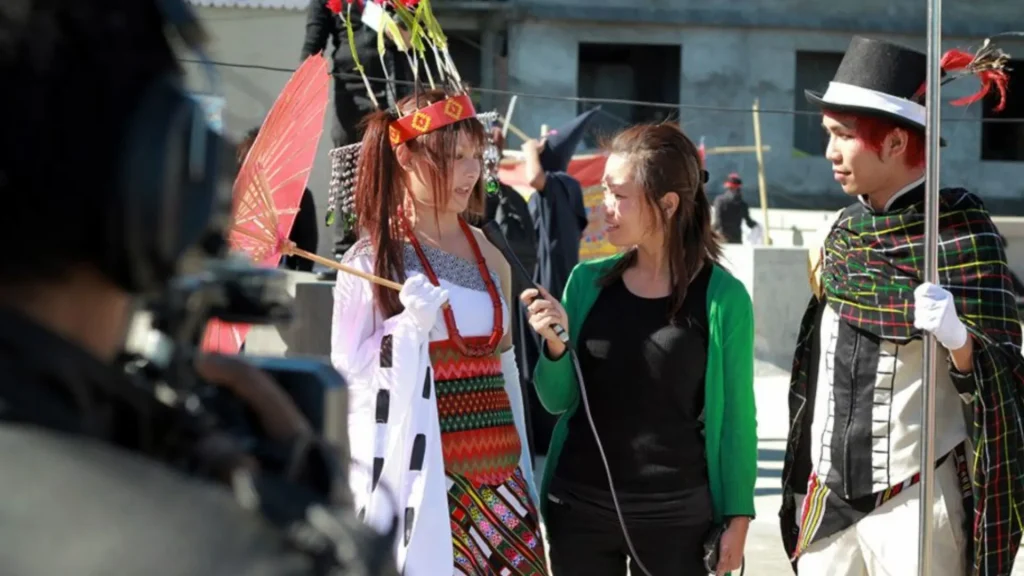
When the COVID-19 pandemic struck in 2020, YonKo adapted quickly by hosting online competitions that allowed cosplayers to safely showcase their work from home. These digital experiments kept the spirit alive and showed the deeply rooted nature of cosplay culture. By 2023, the community rebranded itself as the Mizoram Cosplay Organisation (MCO). They forged stronger collaborations with partners such as the Mizoram Tourist Department, which saw cosplay as an opportunity to attract more tourists. They began hosting large-scale events, such as the All India Cosplay Showdown with an INR 2,00,000 prize pool and more than a hundred participants. MCO’s events are now broadcast live on local television, reaching audiences across the state.
Beyond such events, MCO has also supported the growth and sustainability of cosplay as an art form and a career path. Now, many prominent cosplayers have their own businesses, including online and physical shops.
Costumes, materials, and a business boom
Cosplay in Mizoram has grown into an ecosystem of entrepreneurship. Costume rental shops, commissions, and craft material sales are now common.
“Not everyone needs to have the skills to create their own costume, but that shouldn’t stop them from joining the fun,” says Lalchhuanawma Siakeng, owner of W C Renting, a costume rental shop in Aizawl.
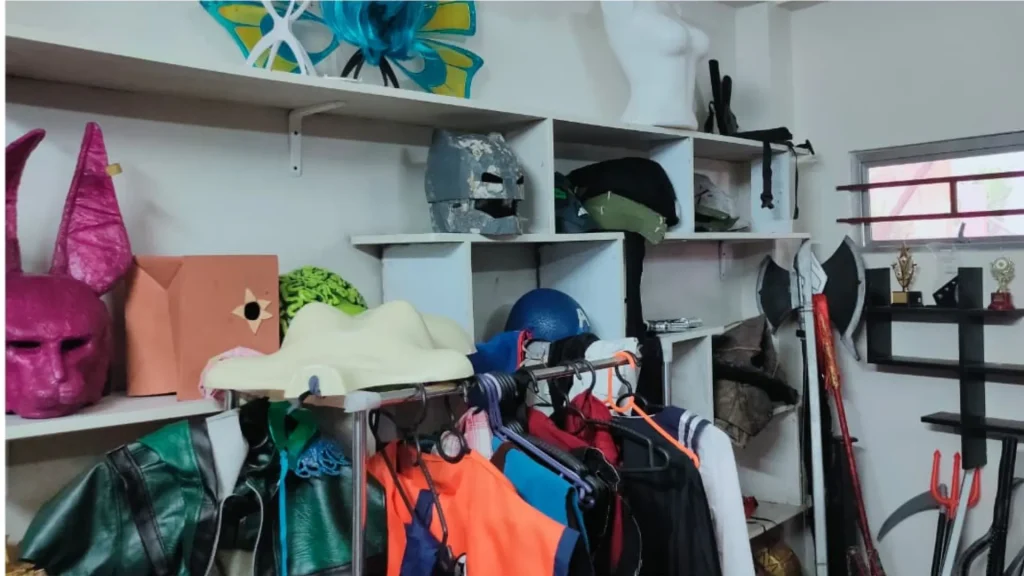
He adds, “The costume shops create multiple opportunities for those of us immersed in the entrepreneurial side of cosplay—sometimes we take up commissions, which basically means we create personalised costumes solely for one client at a time. Some of us run shops to make the costumes or to make the materials accessible.”
For others, cosplay has offered something even more vital: an alternative to harmful influences. “It helps me avoid bad company and stay away from drug abuse,” says one young cosplayer. “Whenever I feel stressed, I pour my energy into my projects. Cosplay has created a world of possibilities I never imagined.”
Now, cosplay has found its way into schools, youth groups, and even church gatherings. What began as a niche interest of one Facebook group has evolved into a cultural movement that nurtures creativity, fosters community, and inspires social change.
As C F Lalhruaitluanga, Project Z.E.R.O.’s former president, observes, “Cosplay is now a part of every major local activity—from church and cultural programmes to gatherings at schools and colleges; it has come a long way.”
—
Know more
- Learn how cosplay can help people explore and define their identities.
- Read how a book cafe in Mizoram is helping young people express themselves.

